|
Written by Dr Estelle Lazer The 2020 pandemic has led to major changes in the way Australians can engage with the world. Instead of physically travelling across the globe, we can only virtually experience overseas destinations in real time. In early September I had my first opportunity to lead a live on-site virtual tour to an amazing archaeological site with one of its main excavators, Dr Ferdinando De Simone. Ferdinando has been excavating a villa, initially associated with the first Roman Emperor, Augustus, since 2002. This project is a multinational multidisciplinary study between the University of Tokyo and Suor Orsola University in Naples. 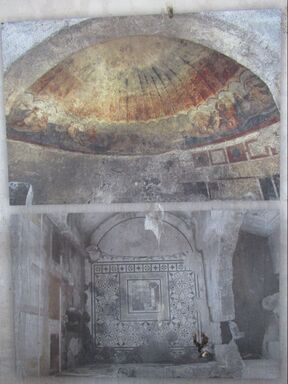 Up until this century, excavations in Campania have concentrated on sites on or near the coast of the Bay of Naples, like Pompeii, Herculaneum, Stabia and Oplontis. There are several reasons for this. Archaeology tends to be random. It only provides us with the evidence that survives and is discovered. Politics also play a role in determining what exploration and excavation is supported. The first official excavations in Campania were made in the 18th century by the Spanish Bourbon rulers of the Kingdom of the Two Sicilies who forbad excavations other than those they patronised. This meant that emphasis was placed on the sites that suffered the most apocalyptic experience of the 79 CE eruption of Mt Vesuvius. These sites were also the best preserved because they were encapsulated in volcanic debris and not reoccupied. This so-called Villa of Augustus was first discovered at Somma Vesuviana during the course of agricultural works in the 1890s. It was rediscovered in 1929 and some excavations were commenced but were not supported or promoted by the regional Superintendent, Amedeo Maiuri, as he suspected that funding this excavation would divert funds and attention from the extensive excavations he was undertaking at Herculaneum. The initial discoveries at the villa were very impressive; they included Roman columns and capitals, stucco and statue fragments. It was assumed that everything stopped in 79 CE and that this villa must have belonged to someone very important prior to the eruption of Mt Vesuvius. With reference to ancient literary evidence, it was suggested that this may have been the place where the first Emperor, Augustus, may have ended his days. The work that has been completed in the 21st century excavations has produced results that require us to completely rethink Campanian history. The structure that was initially discovered at the end of the 19th century is very grand, but it does not date to the 1st century CE. It dates to the 2nd century CE and was repurposed several times over the centuries until it was covered by the eruption of Mt Vesuvius in 472 CE. A wine cellar has been found in a lower terrace and there is evidence of wine production right up to the time of the destruction of the site. The large vessels, known as dolia, that were used to ferment the must were recycled and date back as far as the 1st century AD. This indicates that there was wine production in this region for a number of centuries. It should be noted that while modern scholarship has concentrated on Pompeii, Herculaneum and the other well-known Vesuvian sites, Neapolis and Nola were actually more important in antiquity. In addition, there was very important agricultural activity associated with the production of wine in the Campanian hinterland to the North of Mt Vesuvius which continued for centuries after the 79 CE eruption. The lack of excavation on what Dr De Simone calls the ‘dark side of Vesuvius’ led to the assumption that there was nothing there. We reconstruct the ancient world on the basis of what we find, which does not necessarily reflect everything that existed in the past. The 79 CE eruption preserved a number of sites to a remarkable degree and skewed our perception of the ancient Roman world. The Campanian world did not end for everyone with this volcanic event. Sites were reoccupied and cultivation continued for centuries after this eruption. The villa at Somma Vesuviana is a really important site that rewrites the way we interpret the Bay of Naples and the archaeological sites we thought we knew so well. Acknowledgement: Many thanks to Academy Travel for organising and running this virtual live on-site tour. ReferencesReferences
0 Comments
|
AuthorSArchaeologists, historians, forensic scientists and uni students all contribute their expertise to the blog. Find out more about our team here. blog subjects
All
Archives
March 2024
Comments HelpTo leave a comment on the blog, or read what others have said, click on Comments link in blue at the top or bottom of each post. Then leave your reply in the form supplied.
|
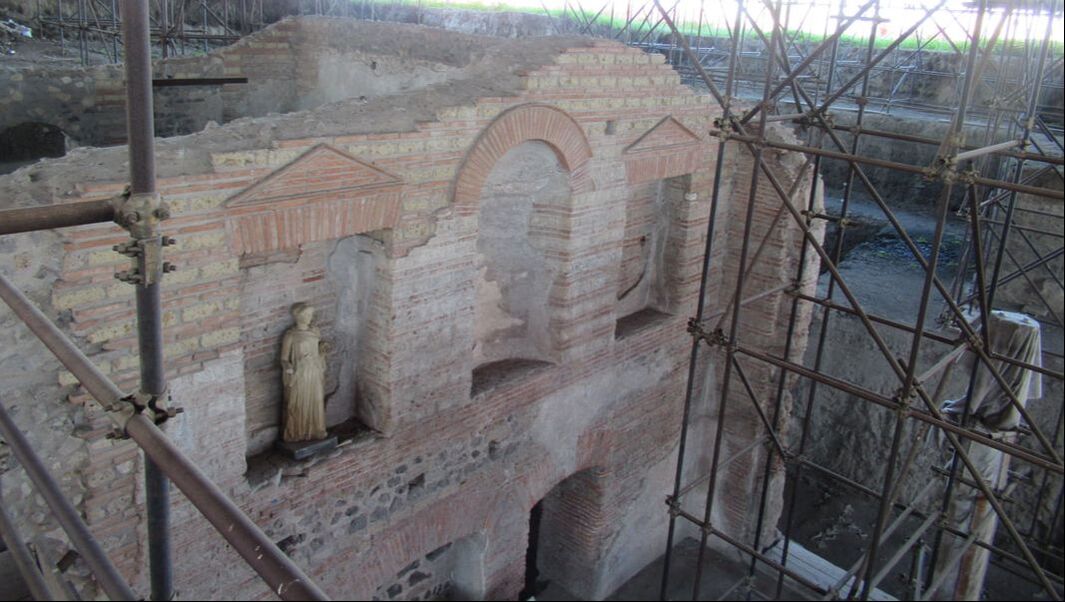
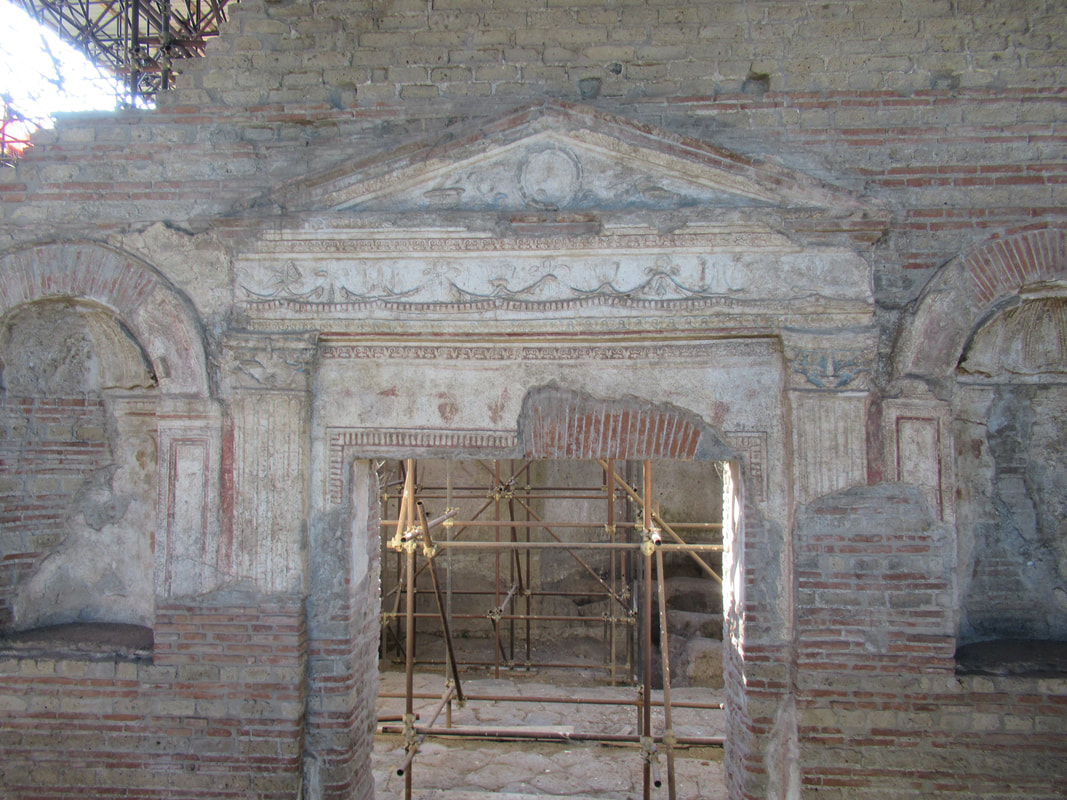
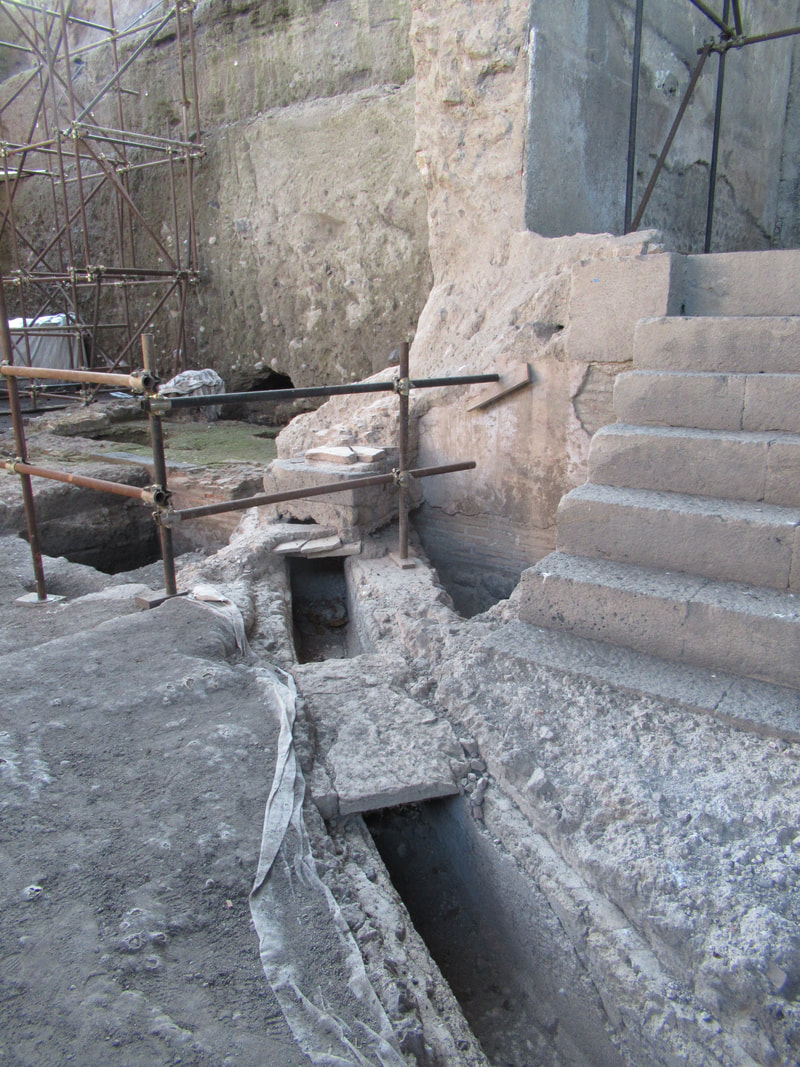
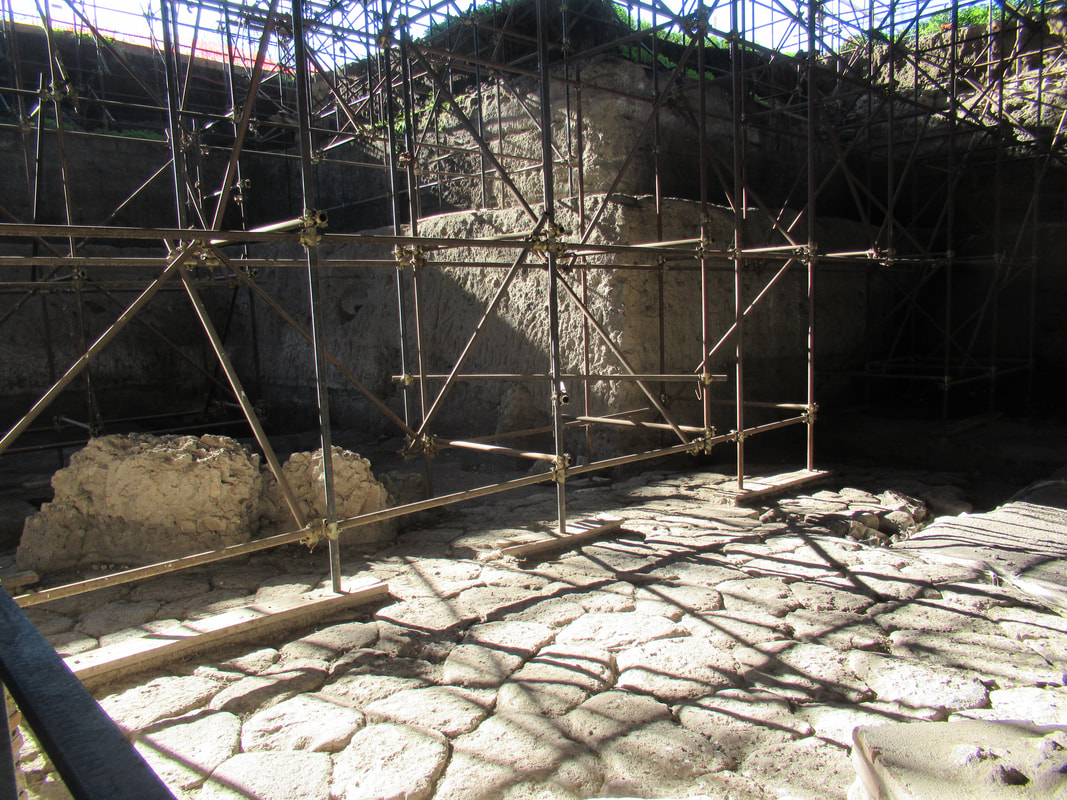
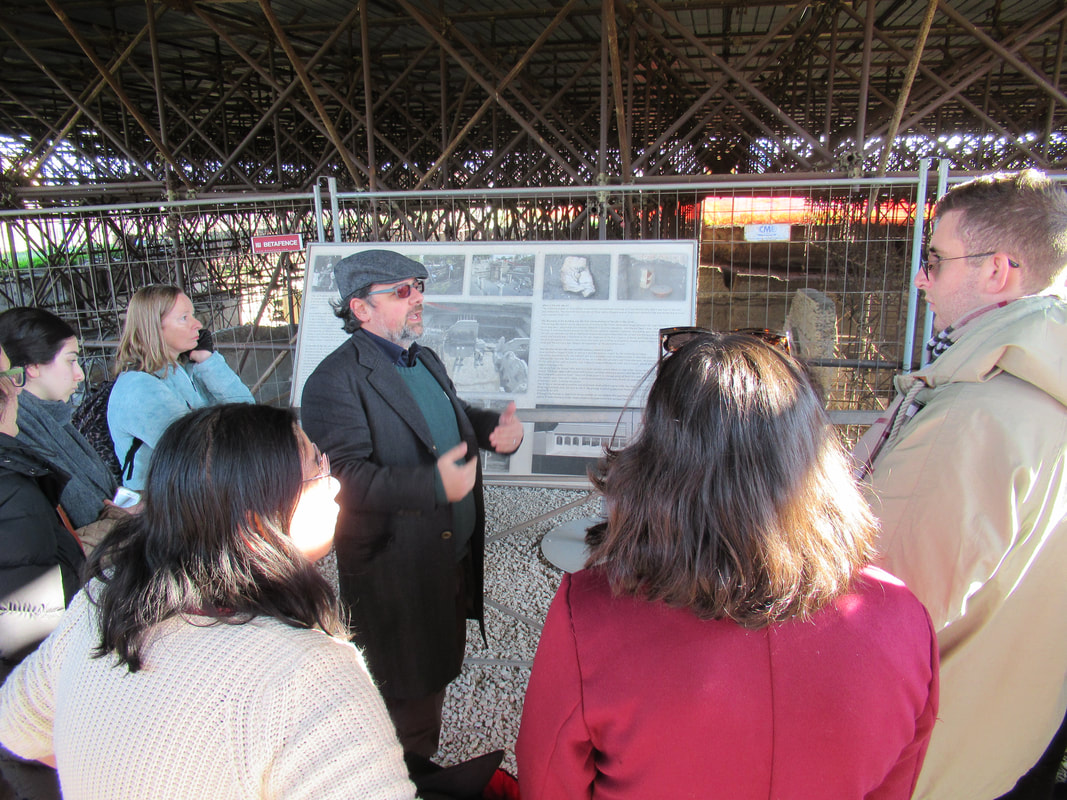
 RSS Feed
RSS Feed